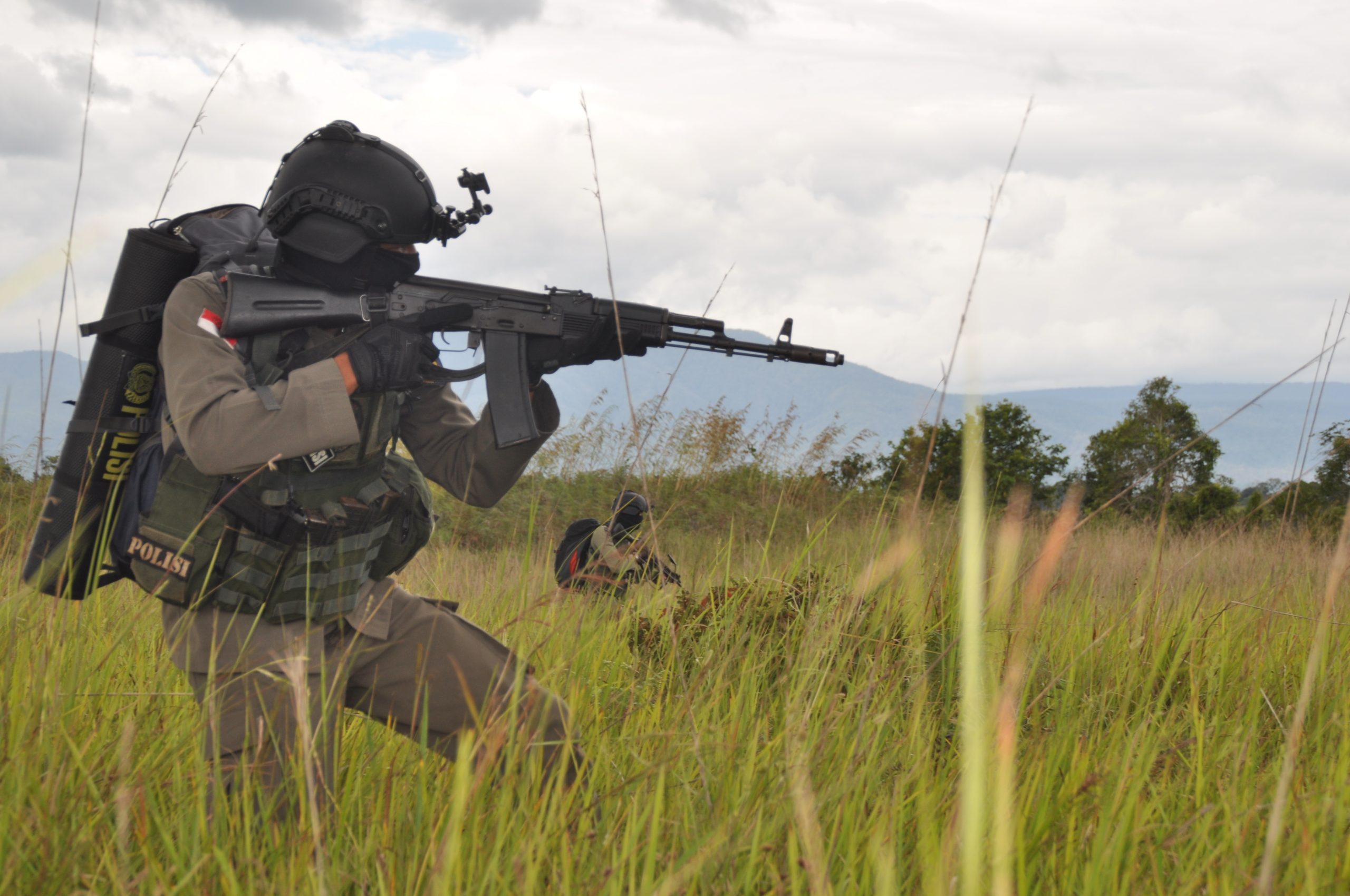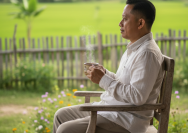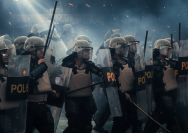Indonesia, officially called as The Republic of Indonesia is located in Southeast Asia, between the Indian and Pacific oceans. It is the world’s largest island country, with more than seventeen thousand islands and at 1,904,569 square kilometres.
The 14th largest by land area and 7th in the combined sea and land area. With over 261 million people, it is the world’s 4th most populous country as well as the most populous Muslim-majority country. Java, the world’s most populous island. Java is home to more than half of the country’s population.
This country has over 700 languages and over 300 ethnic groups with 87.2% Islam, 9,9 % christianity, 1,7 % Hinduism, 0,7 % Budhism, 0,2 % Confucianism. Indonesia has 34 province, and I live in Central Sulawesi, one of the large province in Sulawesi. Central Sulawesi has 12 Regency and 1 City.
In Friday, September 28, 2018, a massive earthquake in 7.4 on the Richter Scale followed by a tsunami and liquefaction hit Palu, Donggala, Sigi and Parigi Moutong.
The Palu Koro Fault writhed violently. At that time I was lying in a living room without a chair in my house. The distance is approximately 0.5 kilometers from Petobo and 7.9 kilometers from Jonooge, Sigi which is swept away by Liquefaction or soil dissolution.
Experts notice, Palu Koro is the second longest fault in Indonesia after the Sumatra fault. If the Sumatra Fault is 1,900 kilometers, Palu Koro is 500 kilometers. This active fault splits Sulawesi Island, extending from the north in Palu Bay to Bone Bay in the South.
In Sulawesi there are many active faults. That’s because this island in the shape of a letter K is in the meeting area of three large plates, namely Indo-Australia, Eurasia, and the Pacific. There are 48 active faults based on the 2017 National Earthquake Source Map.
Not only this time Palu Koro Fault stretched. A series of earthquakes and tsunamis have occurred because of this fault. The most awesome course was on September 28, 2018.
Based on Central Sulawesi Information and Disaster Data Center,victims in the Palu, Sigi and Donggala region were recorded at 2,657 dead, 667 missing and 1,016 of them mass buried. The data released on January 7, 2019 also recorded that 172,635 people were refugees.
Central Sulawesi has become known to the world because of that. but not only that, PosoRegency, one of its 12 regency has been hit by religious conflict. RIots occurred from 1998 to 2000.
The Poso riots is a name given to a series of riots that occurred in Poso, Central Sulawesi, Indonesia. This incident involved a group of Muslim and Christian in the region. The event is divided into three stages. The first Poso riot took place from December 25 to 29, 1998, and the second one was from April 17 to 21, 2000, and the final one was from May 16 to June 15, 2000.
A number of parties agreed, this conflict occurred not only about religion but also economic inequality between indigenous people and migrants.With the growing wave of violence, people fled to areas with the majority population of their religion: Muslims went to Palu, Poso, and the coastal city of Parigi, while Christians in Parigi fled to Tentena and Napu which located in the mountains, or Manado in North Sulawesi.
In January 2002, after the Malino Declaration for Poso was signed, coordination of humanitarian responses official was estimated about 86,000 internal refugees emerged in Central Sulawesi. Central Sulawesi Christian Church estimates 42,000 refugees in the Christian-dominated area in other regencies.
Human Rights Watch noted that both parties had suffered many casualties in this riot.
Although there are some estimates that reach around 2,000 fatalities, most estimate between 500 and 1,000 victims. The government version, issued on December 5, 2001 — just before the signing of the Malino Declaration — was broken down into 577 dead, 384 injured, 7,932 houses destroyed, and 510 public facilities burned or damaged.
And I as a journalist was among the conflicts until the Indonesian Police and Army held military operations for security normalize and law enforcement.
After the Malino Declaration, conflict was no longer between Islamic and Christian groups, but between the Police and the Army with Mujahiddin Group until now.
For me, covering conflict especially religious conflicts is like drinking a cup of hot tea. If you drink it hot, burn the tongue but that’s where you enjoy tea. when waiting for cold, it doesn’t taste good anymore. Except, we really want to drink ice tea.
We are in a dilemma position. As a Muslim, I would certainly be suspected if I wanted to interview Christian sources. While for Muslims, journalists are considered secular, especially for mujahiddin groups.
The most effective way is to interview figures from both parties who tend to be more independent and fair looking at the conflict. Because for me, both jihadists groups and Christian groups, share a similar contribution in exacerbating the conflict. Each of these groups has a “fuel sprinkler” to make the conflict even bigger.
And as journalists, we must be between the two groups, we should not take sides or be in one of these groups.
I had experience during coverage in the conflict area. Armed with weapons from jihad groups and at other times were chased by Christian groups. In such a situation, it is important for us to have telephone contact with one of the influential leader of their group.
So being cautious but still humble when becoming a journalist in conflict area.
At present, after the period of peace between the groups, under the pretext of law enforcement, the Police assisted by the Indonesian National Army held an operation to hunt down the remaining jihadist groups. The police named them as terrorists.
Thousands of security forces were deployed to hunt down the group in the operation which they named the Tinombala Operation. Trillions of rupiah have been disbursed by the Indonesian government for this operation.But until now there are armed civilian groups still in action. Though The Tinombala Operation has been held since 2014.
On June 25, 2019, two farmers in Parigi Moutong were killed by this terrorist group.
Some argue that this operation has become a kind of security project from year to year by security forces, especially Indonesian Police.
In this situation, journalists in Indonesia so difficult to obtain comprehensive and completely information about The Security Operation. We can get information from the police only.
I am sure my fellow journalists in India, Sri Lanka, Pakistan, Syria, Myanmar or anywhere in the turbulent region have the similar experience.
But safety first-lah, Fellows! There is no news more important than life.
*Presented in 2019 Asia Journalists Fellowship Weekly Seminar, Wednesday 31st, 2019, in Oei Tiong Ham Building, Lew Kwan Yew Institute of Policy Studies, National University of Singapore, Singapore.




